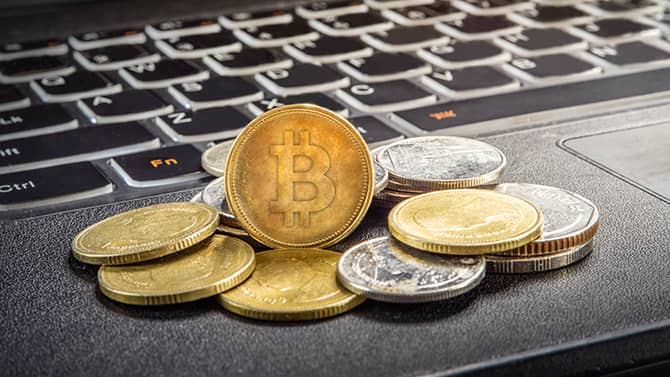
Cryptocurrency is a type of digital or virtual money that use cryptography to safeguard and authenticate transactions as well as to govern the generation of new units. It is a type of decentralised money that runs on a peer-to-peer network and is not controlled by any government or financial organisation.
Bitcoin was the first and most well-known cryptocurrency, founded in 2009 by an anonymous individual or group under the pseudonym Satoshi Nakamoto. Many other cryptocurrencies, such as Ethereum, Litecoin, and Ripple, have emerged since then.
Cryptocurrencies rely on blockchain technology, which is a distributed ledger that records transactions over a network of computers. Each block in the chain comprises many transactions, and once validated, a block cannot be changed or erased. As a result, a safe and transparent system that is impossible to hack or modify is created.
When one user wishes to transmit bitcoin to another, they initiate a transaction and broadcast it to the network. The sender’s public key (a unique identifier that identifies them on the network), the recipient’s public key, and the amount of bitcoin being delivered are all included in this transaction.
When a transaction is broadcast to the network, it is verified by network nodes (or computers). These nodes utilise complicated algorithms to validate the transaction and ensure that the sender has enough bitcoin in their account to complete the transaction.
When a transaction is confirmed, it is added to a blockchain block. This block is subsequently transmitted to the whole network for verification by other nodes. Once verified, the block becomes a permanent part of the blockchain.
Miners, who utilise powerful computers to solve complicated mathematical problems, are rewarded for verifying transactions in the form of freshly minted bitcoin. This is referred to as mining. As more people mine a particular cryptocurrency, the mathematical problems become more difficult to solve, making mining more difficult and increasing the value of the cryptocurrency.
Cryptocurrency may be used for a number of things, including online transactions, remittances, and investing. Its anonymity and decentralised characteristics make it popular among users who prioritise privacy and security.
However, there are risks associated with cryptocurrency. Its value might fluctuate, and it has been the victim of hacking and fraud. Furthermore, its legality varies by jurisdiction, with some countries outright prohibiting it. Despite these risks, cryptocurrency is growing in popularity and adoption, and the underlying blockchain technology has the potential to transform many industries.



One thought on “What Is Cryptocurrency And How Does It Work?”